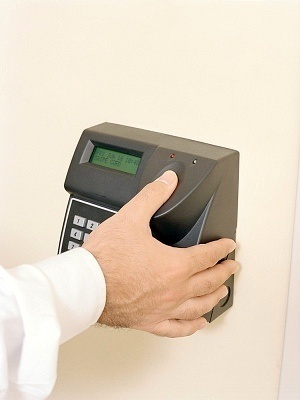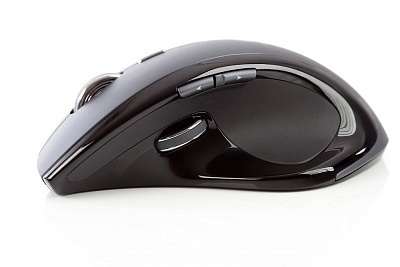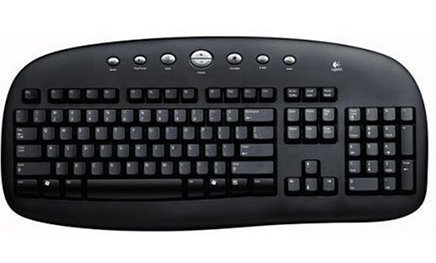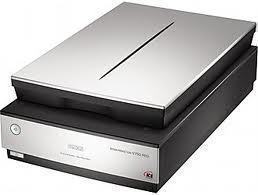Fingerprint scanners are biometric security systems designed to use the distinct features of an individual's fingerprints to provide security. Fingerprint scanners are now being used in police stations, security-intensive industries and, most recently, on computer shops as a peripheral device for computers.
Biology of a Fingerprint
Every person has marks on his fingers. These marks on the fingers are mainly for gripping things as they provide frictional resistance. These marks have a pattern and this pattern is called the fingerprint.
The person's fingerprint is determined by his or her genetic makeup and other factors in his or her mother's womb. Because there are countless combinations between these two sets of factors, a person's fingerprint is unique. As such, fingerprints have become an ideal means of identification.
Types of Fingerprint Scanners
There are two types of fingerprint scanners, the optical scanner and the capacitance scanner. The basic function of these two types of scanners is to get an accurate image of an individual's fingerprint and find a match for this print in the database.
The Optical Scanner
Optical scanners use a CCD or charge couple device much like the ones used in camcorders and digital cameras. The CCD makes use of photosites that are sensitive to light. Each photosite generates an electrical signal in the presence of photons produced by light emitting diodes. These photosites are very small they cover the entire screen where a user will place his or her finger.
Since photosites only emit electricity in response to the presence and the strength of light, the overall result will be an inverted image of the finger. This image is converted into digital form and checked for clarity and sharpness before being compared to the saved images of other prints in the database.
The Capacitance Scanner
Capacitance scanners make use of electrical current to form a fingerprint image. The sensor part of the capacitance scanner is made up of tiny plates that act as conductors. These conductors are then overlaid by an insulating film. These form the cells that make up the sensor's semiconductor chip or chips.
An inverting operational amplifier is then used in conjunction with an electrical circuit and the sensor to determine the relative differences in capacitance and voltage value of the different areas of a finger. A scanner processor is then used to separate the valleys and the ridges in the resulting data. This results in a reverse image of a fingerprint.
Capacitance scanners are better than optical scanners in detecting fake fingerprints since they depend on the resulting capacitance of the portions of the finger that are in contact with the sensor plus the air capacitance on the ridges of a finger instead of just relying on the amount of reflected light like what the optical scanners do. A picture of a fingerprint pressed onto the sensor, can trick an optical scanner that it is processing a real fingerprint. Moreover, capacitance scanners are also smaller in size and are thus more portable than optical scanners.




Follow Us!